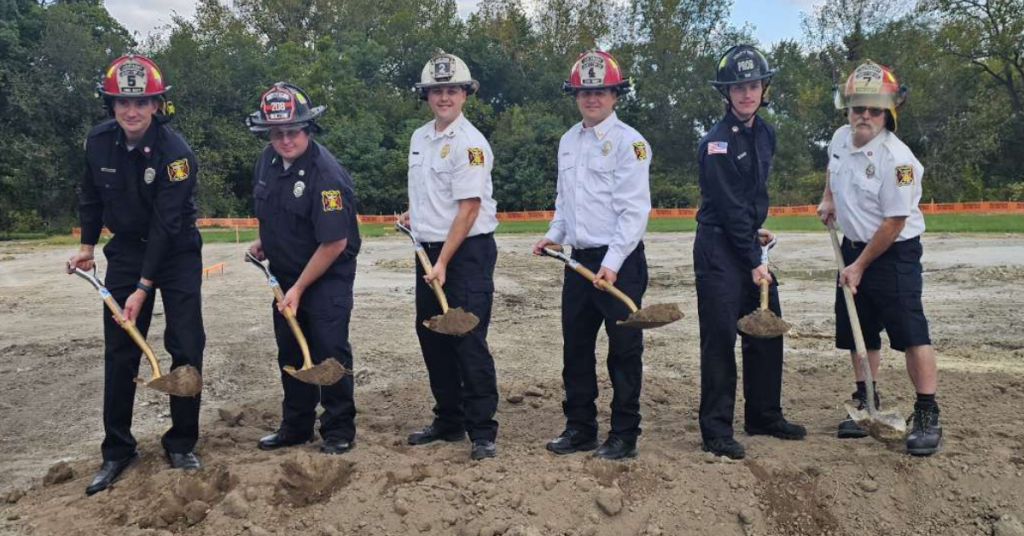Indiana residents will pay an average of $68.33 for a summer cookout feeding 10 people — a 2% decrease from last year — according to the 2024 Indiana Farm Bureau summer market basket survey results released Wednesday. This rounds out to approximately $6.83 per person.
Although the $68.33 price tag of the cookout decreased from last year, food costs in Indiana are still significantly higher than costs in 2021 ($56.70) and 2022 ($64.32).
The INFB conducts the annual survey in conjunction with the American Farm Bureau Federation’s national survey. This year’s results indicate Indiana’s prices are 4% or 29 cents less per person than the average U.S. prices.
While inflation has slightly cooled nationwide, high interest rates and prices have generally curbed consumer spending in recent months. Janis Highley, second vice president of the INFB, said part of the reason the Indiana consumers may see lower costs at a grocery store or farmers market compared to restaurants is because there are lower overhead costs.
“There is a little glimmer of hope out there for us,” Highley told the Capital Chronicle. “Cooking at home, and these farmers markets and just farmers in general were resilient. And the good healthy food that we can provide for the consumers — this really shines a light on that.”
Which items saw price changes?
Costs for a 10-person summer cookout reached an all-time high in 2023, with the average total meal price reaching $69.48, according to data from the INFB. Todd Davis, chief economist for the INFB, said inflation for the cost of food purchased at grocery stores has been slower than the overall inflation for the economy.
Indiana’s prices are on par with prices for other Midwest states. Davis said the general location of Indiana helps keep the costs for consumers low.
“Indiana and the Midwest is at the heart of where a lot of food is produced, and if it’s not produced here, it’s nearby,” Davis said. “We’re the crossroads of the nation. And so logistically, our costs are lower than if you are on the east or west coast.”
The survey includes the cost of 12 items; ground beef, cheese, cookies, ice cream, strawberries, chips, chicken breast, pork chops, pork and beans, hamburger buns, lemonade and potato salad.
While the overall cost of a cookout decreased, some items — specifically proteins — saw increases. The price of ground beef increased 14% from last year to $13.88, a cost 9% higher than the U.S. average cost. Costs for pork chops also increased by 64 cents.
The cost of hamburger buns, lemonade, potato salad and strawberries also increased from last year.
“Even though we are in the Midwest, I think we’re still seeing recovery from COVID,” Highley said. “With these interest rates and the supply and demand, what is available, even in the Midwest, we really do feel that pinch”
Prices for cookies, cheese, ice cream, chips and chicken breasts decreased from 2023.
The INFB conducts the survey in June by having volunteer shoppers look for prices on specific food items at their local grocery stores. These shoppers look for the best possible prices and do not use special coupons or purchase deals. However, Davis said it’s important to look at the survey results as “a snapshot in time of what shoppers experienced on a certain day” in June.
“A lot of supermarkets are now getting their Fourth of July promotions and sales out for customers,” Davis said. “You could likely find better bargains, especially proteins.”
Impact on farmers
Highley, whose family are corn and soybean farmers in Northeast Indiana, said that high costs don’t necessarily mean farmers see higher profits.
“If you envision a $1 bill, 15 cents out of that goes back to the farmer himself,” Highley said. “The rest of it goes into transportation, production, what have you. But input costs continue to be relatively high on our farm.”
An Investigate Midwest analysis found that Midwestern states saw the combined loss of around 30,000 farms from 2017 to 2022 as many farms were consolidated or went out of business.
“Farmers are price takers, not price makers,” Highley said. “We’re less than 2% of the population that’s feeding 98% of the world. And so we are working hard, but we do feel the pain as well.”
This story originally was published by the Indiana Capital Chronicle, which is part of States Newsroom, a nonprofit news network supported by grants and a coalition of donors as a 501c(3) public charity. Indiana Capital Chronicle maintains editorial independence. Follow Indiana Capital Chronicle on Facebook and X.
Photo credit: vepar5 – stock.adobe.com




